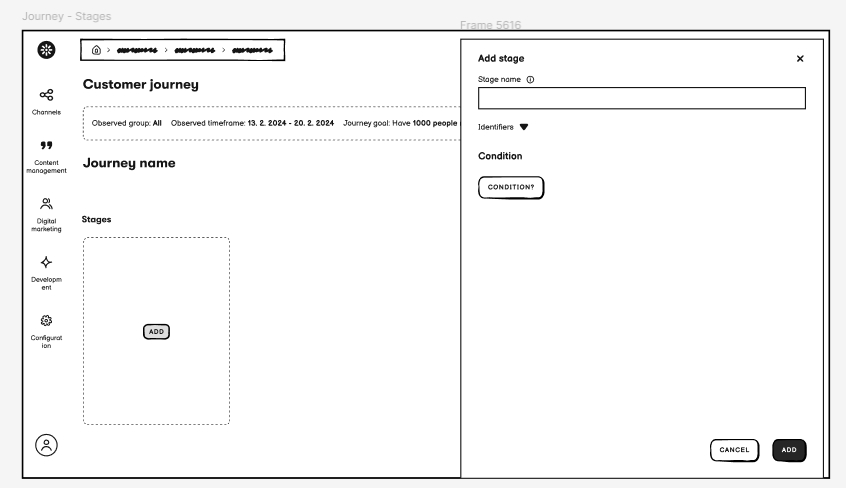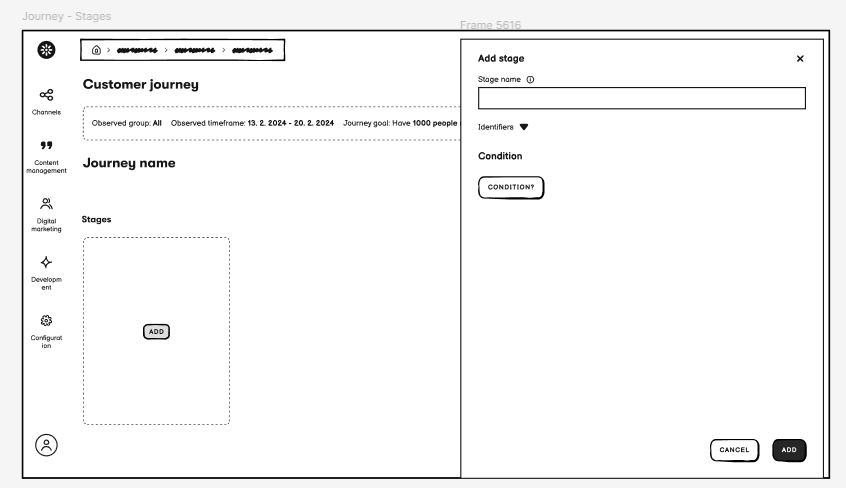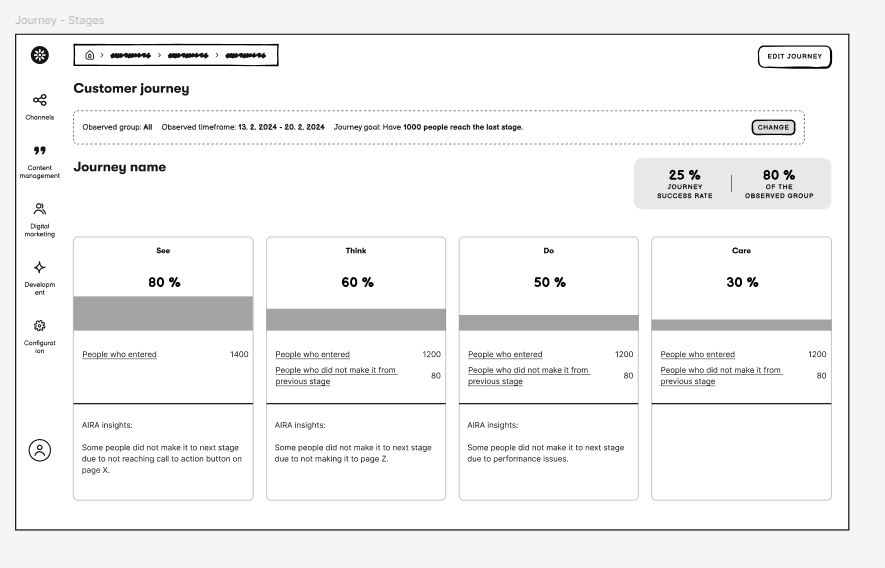Back to basics - How customer journeys, buyer's journeys, and sales funnels compare
Features described on this page require the Xperience by Kentico Advanced license tier.
Customer journeys, buyer’s journeys, and user stories may seem similar, but they serve different purposes. Understanding these differences enables marketers and businesses to design strategies tailored exactly to their audience’s needs, all leading to more prospects moving through the sales funnel towards the final conversion.
Ready to choose the right path for you?
Customer journey vs. buyer’s journey
The buyer’s journey follows the awareness, consideration, and conversion stages (similar to what Kaushik’s framework describes as “See-Think-Do”) – or the decision-making process leading up to a purchase. The customer journey, on the other hand, continues well into the “Care” stage, addressing retention, advocacy, and long-term engagement, thus extending beyond the moment of purchase.
Think of these two approaches as if selling a car marks the end of the buyer’s journey – whereas offering insurance, servicing plans, and ongoing support reflects the customer journey in action.
This distinction highlights that while the buyer’s journey ends at conversion, the customer journey ensures ongoing relationship-building and brand loyalty.
Customer journey vs. user story
A user story is a focused, step-by-step description of what a user needs from a specific feature – an approach commonly used in product development.

In contrast, a customer journey represents the broader, multi-touchpoint experience a person has with a brand across their entire customer lifecycle.


Think of a customer journey as a full road trip from start to finish – covering everything from planning to arrival. A user story, on the other hand, focuses on a single action, like refueling the car or adjusting the GPS – addressing a specific issue or opportunity to improve one smaller part of the whole experience.
A well-crafted user story helps fine-tune individual moments within the broader journey, making the overall experience smoother and more intuitive.
Customer journey vs. sales funnel
A sales funnel maps out the business’s structured approach to driving conversions by guiding prospects through “See-Think-Do” path in a linear format, but it doesn’t account for one of the differentiating factors of a customer journey – the organic, non-linear interactions that often characterize customer behavior.
Customer journeys, by contrast, include engagement beyond the purchase, incorporating customer retention, loyalty, and advocacy well into the “Care” stage, focusing on the user’s experience and decision-making at various life-cycle stages.
While a sales funnel moves prospects in a straight line toward conversion – like narrowing lanes toward a toll booth – a customer journey is more like a network of roads, where people take different routes, revisit stops, or continue driving well beyond the first destination.
The sales funnel is a visualisation of an expected ideal state of a prospect moving towards the purchase, while a customer journey accounts for all the real interactions along the way and beyond.
How these concepts complement each other
Together, these frameworks provide a comprehensive overview of the customer’s lifecycle from both the business and customer perspectives, while each still retains its unique quirks.
User stories remain specific to UX design and product development, making them less relevant for business users.
The sales funnel offers a structured approach from the business’s perspective. It usually primarily addresses the earlier stages of the customer relationship, although it can extend into the upsell stage, too. An upsell after the original purchase then constitutes a new buyer’s journey and a separate sales funnel, emphasizing the cyclical nature of customer engagement.
The buyer’s journey and customer journey overlap up to the “Care” stage, covering awareness, consideration, and conversion, but they diverge as customer journeys extend into retention and advocacy.
A single sales funnel can encompass multiple customer and buyer journeys, as different users interact with a brand in various ways depending on their needs and behaviors.
Next step
You now have a good grasp on what differences and what intersections there are betweem customer journey, buyer’s journey, user story, and a sales funnel. Let’s move to the next stage and explore the real value of customer journeys.